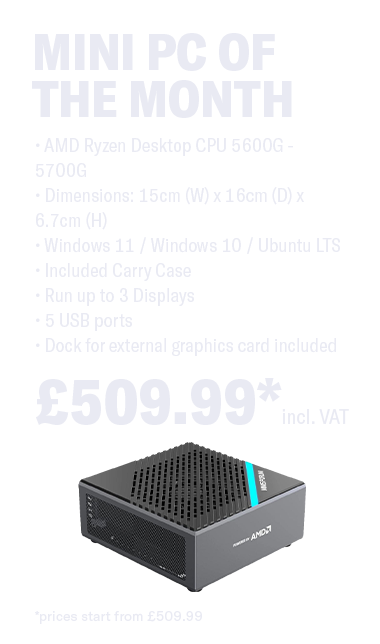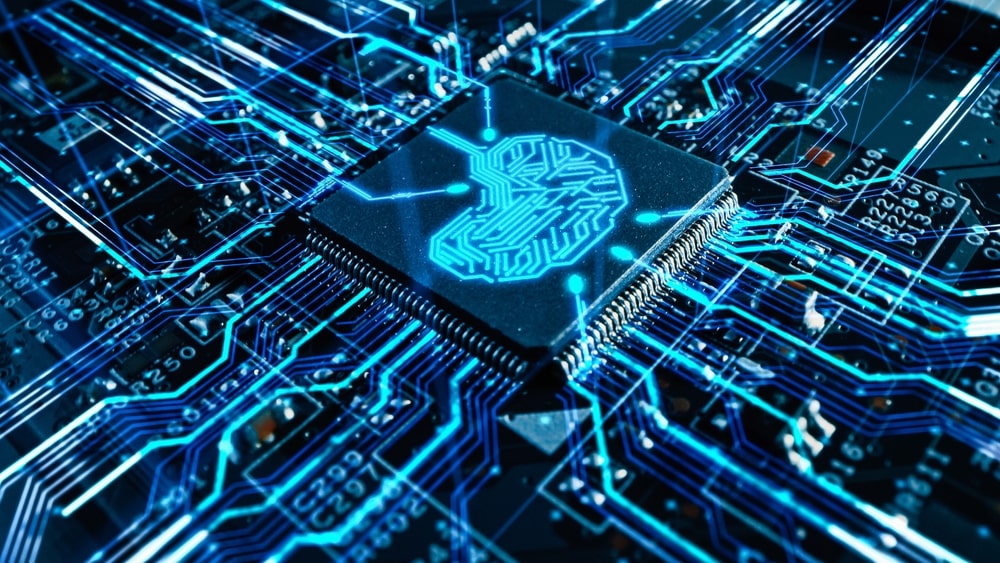
CPU vs GPU
Whether for intense gaming, heavy workloads or deep learning algorithms, computer systems in the modern era are being pushed to do more than ever before. To complete tasks effectively, systems need high-performance components, such as a central processing unit (CPU) and graphic processing unit (GPU).
Both of these modules are key to high-performance computing, but what are their main processing functions and how do they differ from one another?
Let’s delve into what a CPU and GPU do and their key differences in processing tasks.
What is a central processing unit?
A central processing unit, or CPU, is the heart of any computer operating system.
It controls the functioning of the computer and is responsible for interpreting and executing instructions. As a result, a CPU is often referred to as being the ‘brain’ of the system.
The instructions a CPU processes relate to the input and output system, the memory system and the arithmetic logic unit.
In short, a computer cannot work properly without a central processing unit.
How does a central processing unit work?
A CPU is an integrated circuit with several cores, a cache, registers, memory units, and CPU clocks. It works by fetching an instruction from its memory management unit, decoding it and then executing it before storing it in memory.
The entire process is known as the CPU instruction cycle.
Instruction cycle
- Fetch – The CPU sends an address to the RAM and receives an instruction. This could be a series of numbers, letters or another type of data. The CPU then processes the data and, within the instruction from the RAM is a set of numbers that represent the next instruction that has to be fetched.
- Decode – Now the CPU has the data, it has an instruction set it can act upon. Common instructions include adding numbers together, storing a number from the CPU back to the RAM, taking device input and outputting data to a device, and more.
- Execute – The instruction is passed to the instruction decoder which converts it into electrical signals sent to various parts of the CPU to be acted upon. As soon as the next instruction is fetched, the whole process starts again.
Features of a CPU
Due to their complex nature, CPUs have many features.
For starters, CPU processors now have up to 64 cores. Processing units used to have just one core but advancement in technology now allows for up to 64, and the more cores a CPU has, the faster it can work.
CPUs also have their own ultra-fast memory built in. This is faster than any RAM (random access memory) or type of SSD (solid-state drive). A CPU cache is arranged from L1 to L3, with L1 being the fastest. Any information it needs to process quickly, the CPU will store it here.
Simultaneous multithreading is also possible with a CPU. This is where processing is delegated to multiple software threads rather than one single core. It allows for more work to be completed simultaneously.
Also, parallel processing is possible with more than one CPU working together within one system.
What is a graphics processing unit?
A graphic processing unit, or GPU, as it’s commonly referred is a graphics card for computer systems. It’s used to render videos and images and is either independent from the motherboard with their own memory (known as discrete) or soldered to it, sharing memory and resources with the CPU (integrated).
A discrete graphics processing unit typically produces lower performance than ones integrated into the motherboard. When it’s separate, they’re usually smaller too.
Over time, computers have had more demands put on them in terms of processing 3D graphics, and having just the CPU handle everything alone began to negatively impact performance.
This saw the growth of the graphics processing unit which is a specialised CPU and is perfectly suited for multitasking.
How does a graphic processing unit work?
A GPU makes use of parallel processing by breaking up tasks and running them parallel. This is different to a CPU, which processes tasks in order.
GPUs have lots of cores which means they can efficiently handle many mathematical and geographical calculations at once.
Like the CPU, the more cores a GPU has, the more powerful it is, increasing performance and processing speed.
CPU vs GPU
When you directly compare a CPU vs GPU, you can see how they differ from one another. A CPU and GPU are both essential for high-performance computing tasks for modern computing systems but they perform tasks very differently.
At the base level, the CPU vs GPU difference is clear.
Cores
For example, a CPU and GPU have many cores, but the former can have up to 64 compared to the many thousands you’ll find in graphics processing units.
In high-end gaming PCs, you’ll find graphics processing units with more than 10,000 cores that produce incredible visual performance.
Handling functions
A CPU is a general component that handles the main processing functions of an operating system, whereas a GPU is a specialised component. It specifically handles video rendering and computer graphics.
A CPU and GPU run functions and tasks differently, too. The latter will handle functions in a parallel format while CPUs process data in the order it is inputted. Also, GPUs are better at processing several smaller tasks at once while a CPU is much better at processing one larger task at a time.
Together, the CPU and GPU can create a seamless level of performance for high-functioning computing tasks.
Specialty
A CPU specialises in working through complicated instruction cycles. In comparison, a GPU is better at processing high throughput with much simpler instruction cycles.
A GPU core is slower than CPUs for serial computing power but much faster at parallel computing as they have thousands of weaker cores.
CPU vs GPU – the summary
At Inside Tech, we provide a wide variety of high-performance components, including motherboards, graphics cards, an Intel CPU and an AMD CPU. You can also buy pre-built high-performance gaming PCs for next-day delivery.
For any queries, don’t hesitate to contact us at 0800 009 6084, or info@inside-tech.co.uk.

